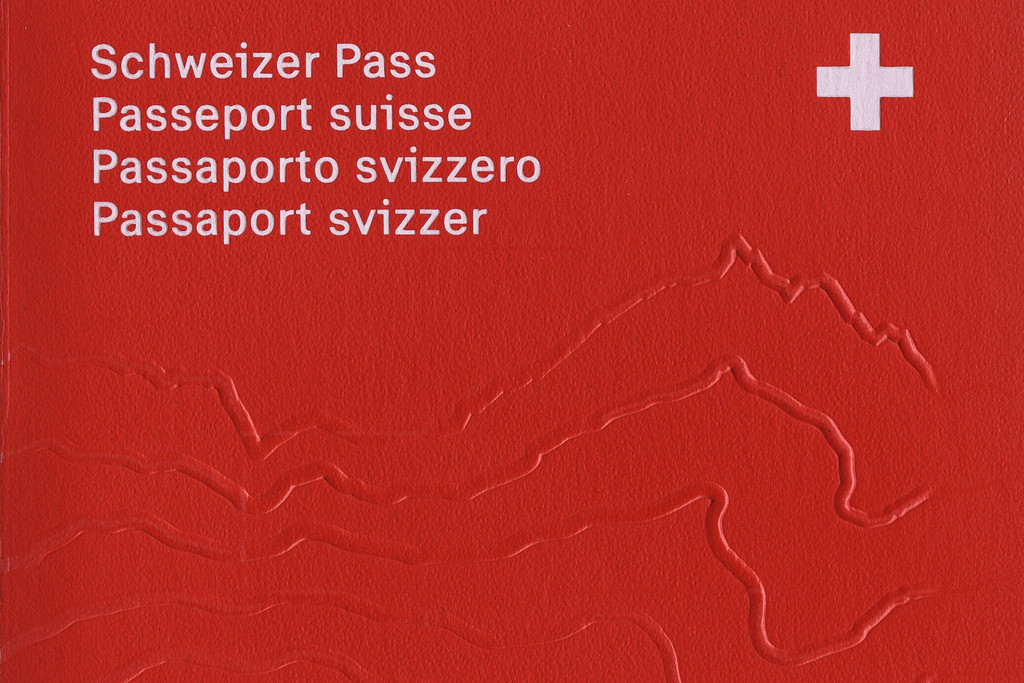
Votes and Elections

Changes to OASI – what these mean for the Swiss Abroad
Aus dem Bundeshaus

Votes and Elections

How can I acquire Swiss nationality from outside the country?

Elections and votes

Swiss culture on the international stage
![[Translate to en:]](/fileadmin/_processed_/7/d/csm_bundeshaus-by-thomas_c156edfbe4.jpg)
This instrument enables a handful of citizens to put forward a partial or complete amendment to the federal constitution. This article, an extract from a master’s thesis at the Swiss Graduate School of Public Administration, aims to explain the development of its use over the course of time.
While the federal popular initiative is enjoying great success today, that has not always been the case. As the graphic below illustrates, it was a little used instrument until 1932, while its use has increased continuously since the 1970s.
While it is difficult to explain the increase in popular initiatives since the 1970s, two hypotheses are nonetheless outlined here, the first concerning federal politics and the second speed of action.
Until the 1874 constitution, the Confederation’s powers were limited. It was in the cantons that the real political debate took place. From 1874 and throughout the 20th century, more and more powers were gradually transferred from the cantons to the Confederation. This may, on the one hand, explain the few initiatives between 1891 and 1932 and, on the other, why there has been a surge of interest in federal politics since the 1970s. In other words, the more power a government body holds, the greater the interest in the politics conducted there.
In his book “19 avril 1874 – L’audace de la démocratie directe”, (19 April 1874 – the Daring of Direct Democracy), the lawyer and historian Olivier Meuwly shows that certain ideas develop in the cantons before reaching federal level. This was the case, for example, with direct democracy, which originated in the cantons. From the mid-19th century onwards, the cantons, one after another, introduced various democratic tools to enable the people to participate in cantonal politics (legislative initiative, mandatory legislative referendum and optional financial referendum). In a sense, the cantons are political laboratories which enable an idea to develop and blossom into maturity. If something works well in the cantons, it may also be adopted at the higher level.
Initiatives enable direct intervention in the setting of the federal political agenda, without going through the representative parliamentary route. It often takes about ten years for a political idea to result in legislation via Parliament. In contrast, a proposal put forward through an initiative can sometimes produce a constitutional article in just three years. The initiative on mass immigration – adopted by referendum on 9 February 2014 – is a fine example as it only took two and a half years for a new constitutional article to come into force from its launch on 26 July 2011. The initiative can therefore be a much quicker means of imposing a decision, although its chances of success are very low considering the proportion of initiatives adopted by referendum (5% of initiatives between 1979 and 2014). This speed and the opportunity to bypass Parliament are factors which may explain the surge of interest in popular initiatives since the 1970s.
The federal popular initiative is very much alive today, even if the chances of winning popular support remain slim. What is clear is that the initiative is attracting a great deal of attention at the moment and it often gets people to turn out at the ballot box. This has implications, as every successful initiative creates a significant amount of administrative work and involves high costs, which are borne by the taxpayer.
Bernard Degen. Popular initiative. Dictionnaire historique de la Suisse. Accessible online: www.hls-dhs-dss.ch/textes/f/F10386.php
Olivier Meuwly. 19 avril 1874, l’audace de la démocratie directe. Presses polytechniques et universitaires romandes: Lausanne, 2013. 110 pages.
Pietro Morandi. Démocratie de concordance. Dictionnaire historique de la Suisse. Accessible online: www.hls-dhs-dss.ch/textes/f/F10095.php
Pietro Morandi. Démocratie de concordance. Dictionnaire historique de la Suisse. Accessible online: www.hls-dhs-dss.ch/textes/f/F10095.php
Statistical sources
Data compiled by the author using Federal Chancellery database www.admin.ch/ch/f/pore/vi/vis_2_2_5_9.html
Legal bases
Articles 136, 138, 139, 139b and 140 of the Federal Constitution of the Swiss Confederation, SR 101
Articles 68 to 76 of the Federal Act of 17 December 1976 on Political Rights, SR 161.1
Comments